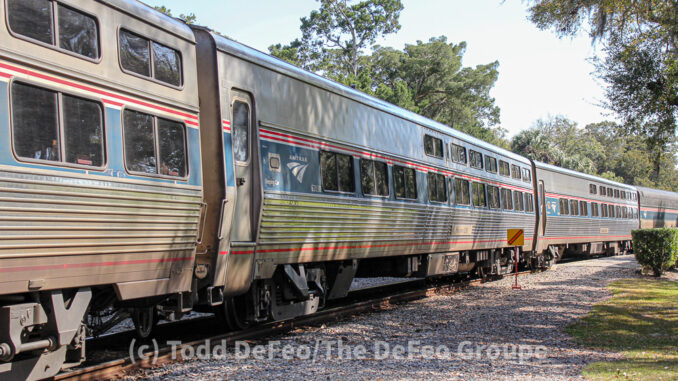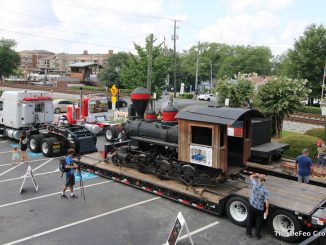
New data on Amtrak’s locomotive and passenger car fleets found that the system is increasingly reliant on aging equipment, even as availability rates remain relatively stable.
The findings, based on numbers from the Bureau of Transportation Statistics, reveal that the average age of Amtrak’s passenger cars reached 33.2 years in 2024, up from slightly more than 14.2 years in 1985.
The locomotive fleet, while slightly younger, averaged 18.6 years in 2024, down modestly from a peak of almost 22 years in 2013.
For comparison, in 1972, Amtrak’s first full fiscal year of operation, its average locomotive age was 22.3 years, while its average passenger car age was 22 years.
Despite the aging equipment, Amtrak has managed to maintain relatively high availability rates.
In the most recent years for which data is available, locomotive availability hovered around 85%. In comparison, passenger car availability exceeded 88% in the early 2010s.
However, availability data for the past several years is missing, raising questions about the veracity of the performance numbers.
The data also shows that Amtrak’s fleet was at its youngest in the mid-1980s, following a wave of equipment acquisitions. Since then, the average age has steadily increased, reflecting limited large-scale fleet replacement.
Amtrak has announced plans to modernize parts of its fleet, including the introduction of new Acela trainsets for the Northeast Corridor and contracts for new long-distance equipment.





